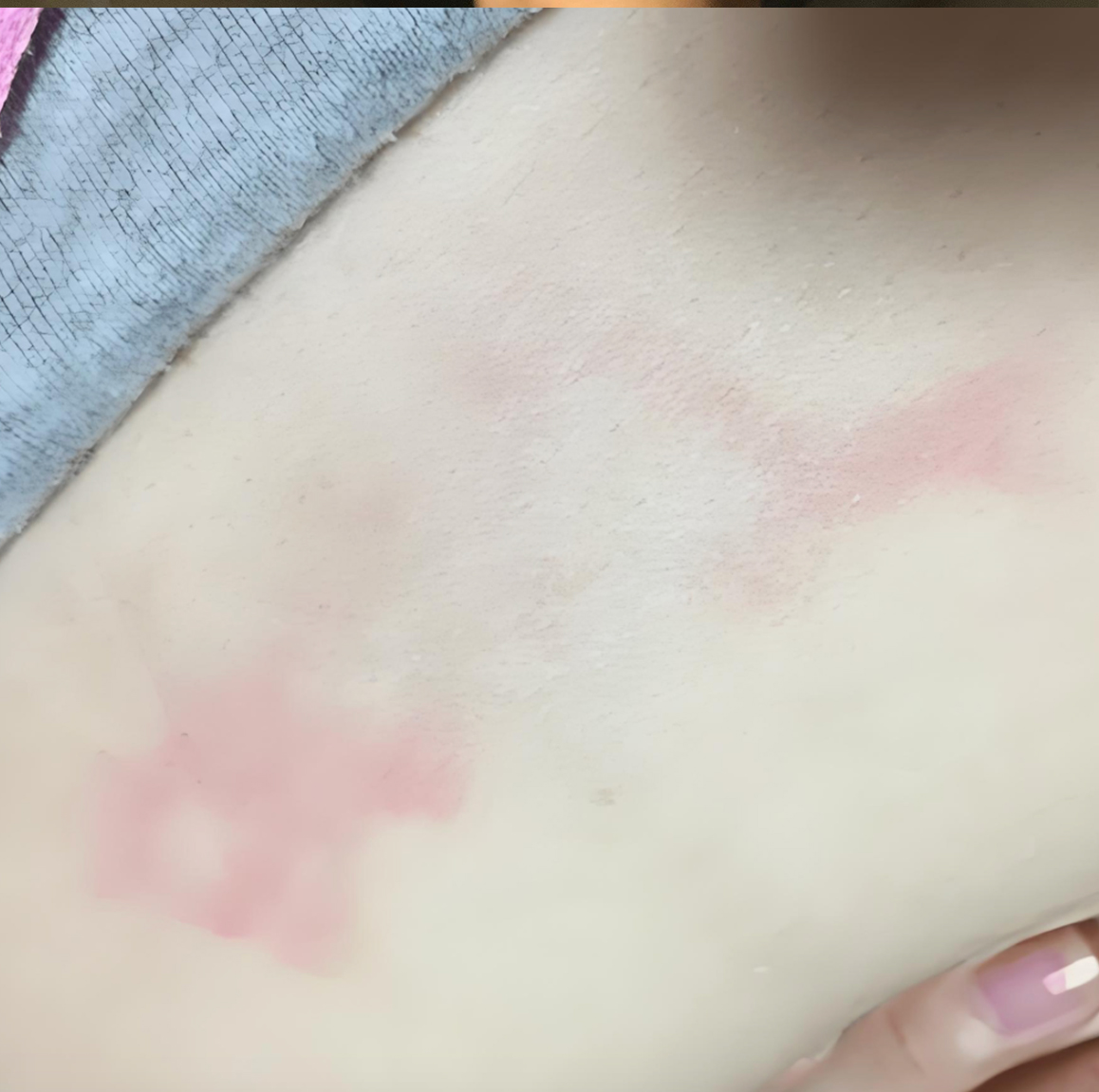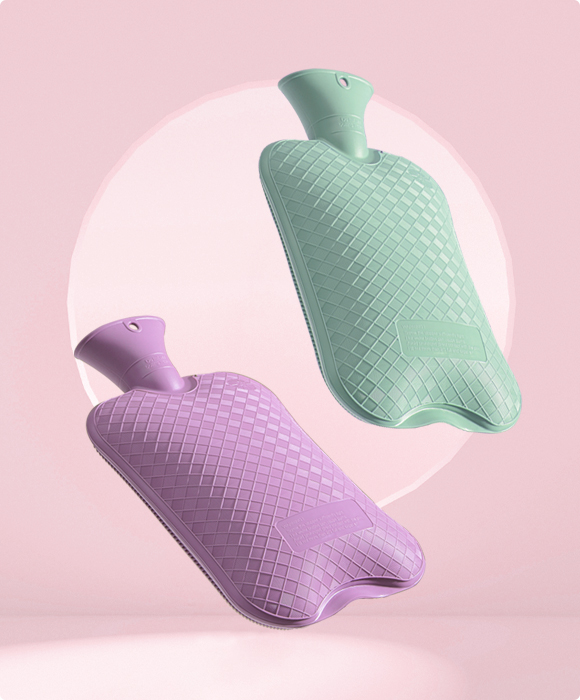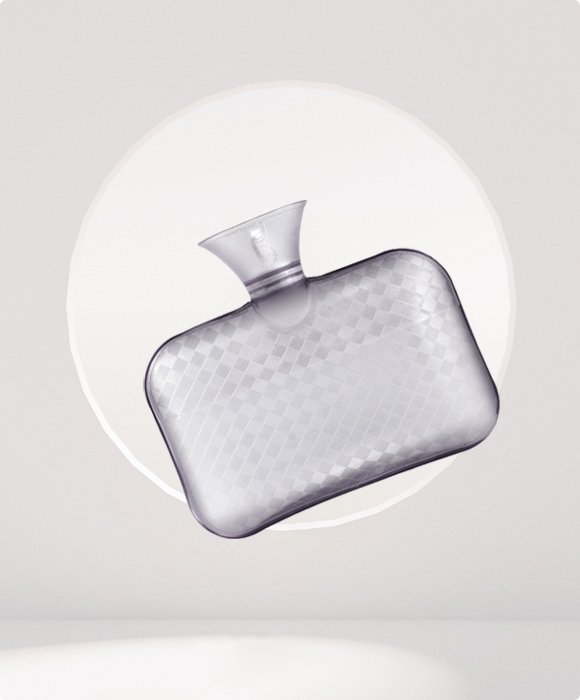1.Introduction
2.What is Hot Water Bottle Rash?
3.Causes of Hot Water Bottle Rash
4.Symptoms and Signs of Hot Water Bottle Rash
5.How to Prevent
6.Tips for Proper Hot Water Bottle Use
7.Treatment and Recovery
8.Conclusion
Introduction
We recommend not applying a hot water bottle to the same area for prolonged periods to avoid burns. However, many people overlook another condition—erythema ab igne (EAI), commonly known as hot water bottle rash. This condition is characterized by reddish, net-like patches on the skin that initially don’t cause pain or itching. Over time, though, it can lead to skin discoloration. This blog will provide a brief introduction to the causes of hot water bottle rash, its potential risks, and how to prevent it.
What is Hot Water Bottle Rash?
Erythema ab igne, a Latin term meaning "redness caused by fire," also known as hot water bottle rash, occurs due to prolonged low-level heat exposure from a hot water bottle. It typically appears as red or brown irregular, net-like patterns. The hot water bottle rash is commonly seen on areas like the arms, legs, or abdomen, which are often in direct contact with the hot water bottles.
Causes of Hot Water Bottle Rash
1.Prolonged exposure to low-level heat from hot water bottles or heating pads used for warmth or chronic pain relief can result in the appearance of this rash.
2.Repeated use of heated car seats, space heaters, or fireplaces can also contribute.
3.In the past, workers exposed to high temperatures for long periods would develop similar rashes on their arms and faces.
4.Nowadays, placing laptops on the thighs for extended periods, where the skin comes into contact with the device’s heating elements, can also lead to hot water bottle rash.

Symptoms and Signs of Hot Water Bottle Rash
·Early Symptoms: Mild skin redness or tingling. At this stage, it's advisable to move away from the heat source.
·Long-term Skin Changes: Thickening of the skin and darkening of its color. Many people may ignore these signs if there is no pain or itching.
·Potential Complications: Premature skin aging, hyperpigmentation, and even a small risk of skin cancer.
How to Prevent It
The best way to prevent EAI is by limiting exposure to chronic heat sources. This not only prevents skin damage but also allows time for the skin to heal.
Tips for Proper Hot Water Bottle Use
1.Temperature Control: Ensure the water temperature is between 140-158°F (60-70°C).
2.Limit Skin Contact: Avoid direct skin contact and use a hot water bottle cover with the hot water bottle.
Treatment and Recovery
If the affected area is only mildly red, the condition will usually resolve on its own within a few months. If the hot water bottle rash persists or worsens, it's recommended to seek medical attention.
Conclusion
Understanding the causes of hot water bottle rash can help you recognize the condition early and take immediate action to avoid prolonged heat exposure. While mild cases are not a major cause for concern, it's important not to ignore them. Always follow safe practices when using hot water bottles or other heating devices to ensure your well-being.

